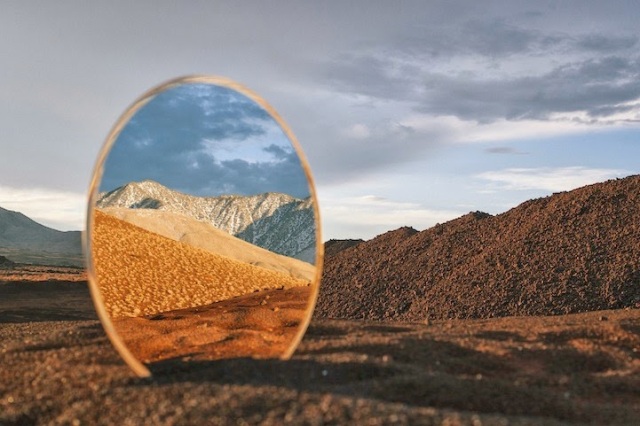

One thing that I have come to value more over the past year is the importance of incorporating time for reflection. This is crucial not only for my students, but also for myself as a teacher.
Reflection is about allowing and encouraging individuals to vocalise and discuss the events which have taken place, to think out loud, to suggest solutions they may have discovered and to perhaps pose more questions that they now have. It is a guided practise and one, that when done by skilled educators, has the potential to transform both the learning and culture within the classroom.
As a busy classroom teacher, time is often our nemesis. There is rarely enough time to cover what we want to, so it can be tempting to not bother to try and fit yet another thing into each lesson. However, reflection is not the element to omit! Without an opportunity to revisit what learning has taken place and why the learning was necessary, it can make the entire activity somewhat meaningless. Reflection allows learners to discuss their thoughts and interpretations of the activities, to make connections to their real lives as well as to prior learning, and to begin to pose hypotheses about what future learning they are still yet to uncover.

As a teacher, reflection of our own practice is just as crucial. It requires few resources other than our own observations and honesty, but it can be incredibly powerful when the effort is made. It may not always pretty, and perhaps this is why some educators don’t incorporate it into their schedules. However, reflection reveals incredible insights into the synergy (or lack thereof!) between our lessons and our learners.
Reflecting on your own teaching practice can be as simple as deliberately evaluating our lesson goals compared to our student outcomes. It can also take the form of written notes, peer observation, or even student feedback. The next step is to ensure that whatever revelations are exposed are used to inform your practice – what have you gained from your insights?; what was the purpose of your teaching?; do you need to make adjustments to improve your students’ understanding or mastery?; how does this influence what you will do next?; and so on.

There are a myriad of ways for educators to establish and maintain a reflective practice, as well as methods to encourage and build a classroom culture that celebrates student reflection. Perhaps, however, the most important component is to just ensure that it actually gets done.
Happy teaching!


Hi Kayri,
So true we “learn from reflection on experience” thanks for sharing.
LikeLike